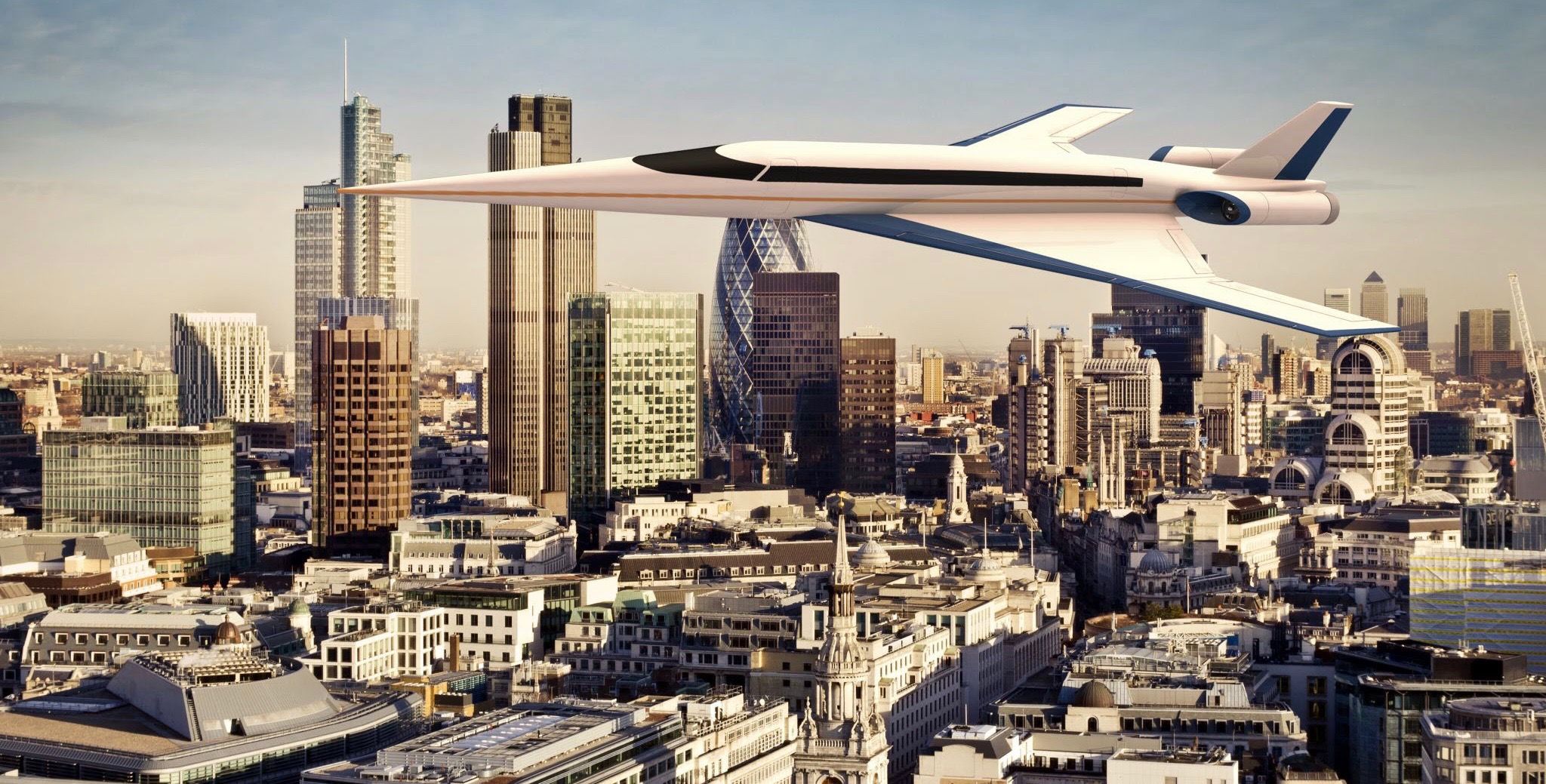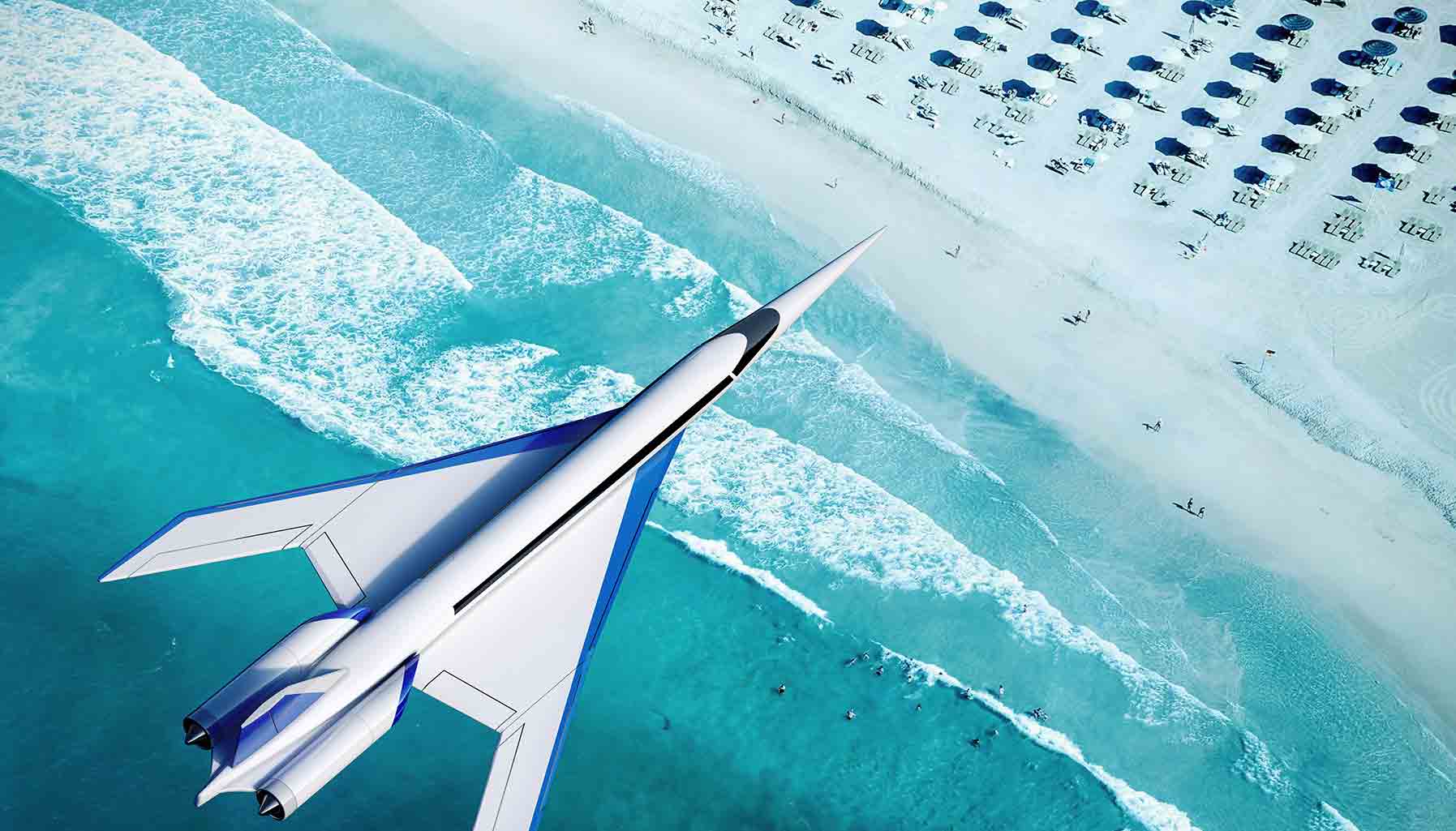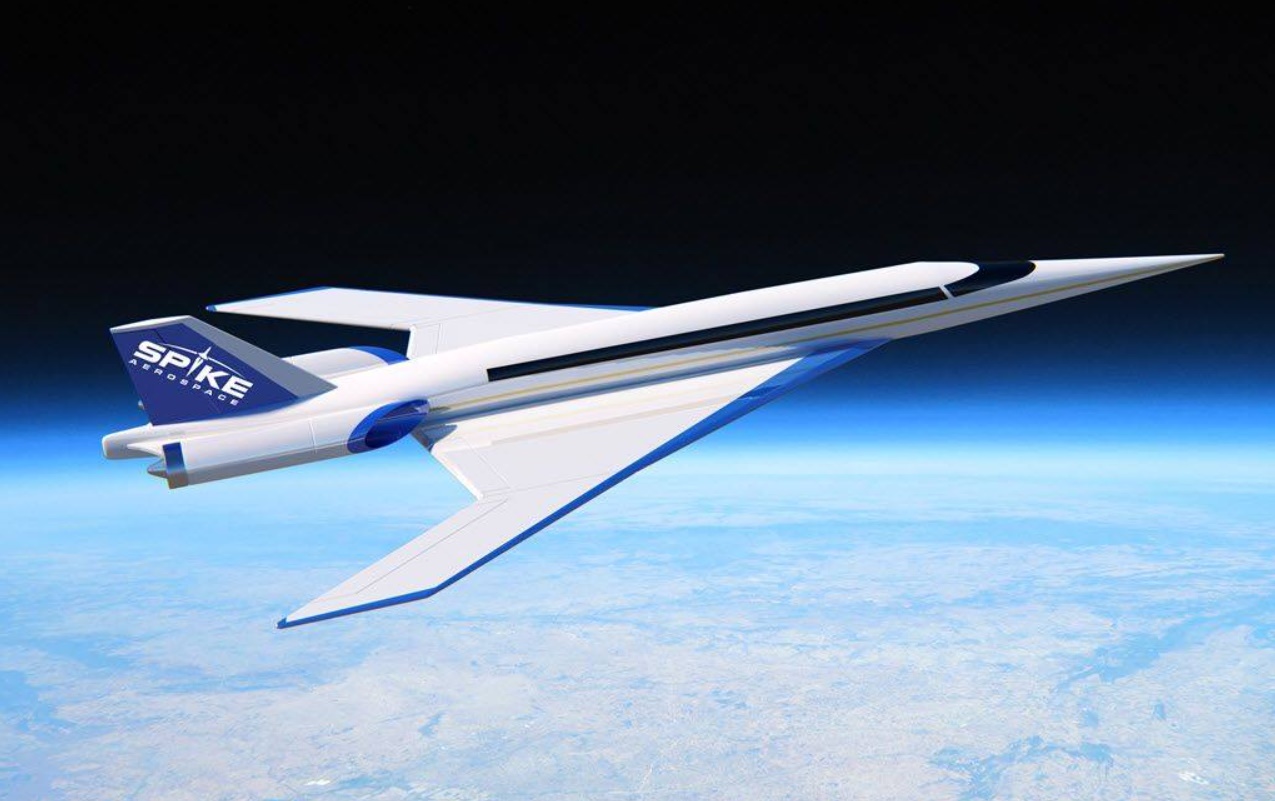The Fastest Transportation: Hyperloop and the Spike S-512 Supersonic Jet
As technology continues to advance, the world of transportation is undergoing a revolution. People are no longer content with slow-moving vehicles; they crave speed and efficiency. Two promising innovations at the forefront of this revolution are the Hyperloop and the Spike S-512 Supersonic Jet. In this article, we will delve into the details of these groundbreaking transportation technologies and explore how they are redefining the way we move from place to place.
The Hyperloop is a concept first introduced by Elon Musk in 2013. It envisions a futuristic transportation system designed to move passengers and cargo in pods through low-pressure tubes at incredible speeds. Here are some key aspects of the Hyperloop:
Hyperloop pods utilize magnetic levitation to reduce friction, allowing them to reach incredibly high speeds. The lack of physical contact with the track minimizes wear and tear, making it an energy-efficient and low-maintenance system.
Hyperloop tubes are maintained at low air pressure to minimize air resistance. This near-vacuum environment reduces drag, enabling the pods to travel at astonishing speeds.
The Hyperloop has the potential to achieve speeds of up to 760 miles per hour (1,220 kilometers per hour). This could reduce travel times between cities significantly, revolutionizing long-distance transportation.
The Hyperloop is designed to be an eco-friendly mode of transportation. It is powered by renewable energy sources and could significantly reduce greenhouse gas emissions associated with traditional transportation systems.
While the concept is promising, Hyperloop technology is still in the experimental phase. Companies like Virgin Hyperloop and SpaceX are actively working on prototypes and test tracks to make this revolutionary transportation system a reality.
The Spike S-512 is an ambitious supersonic business jet currently in development by Spike Aerospace. This groundbreaking aircraft aims to redefine air travel with its remarkable features:
The Spike S-512 is designed to travel at a cruising speed of Mach 1.6 (1,218 miles per hour or 1,965 kilometers per hour). This supersonic capability allows passengers to reach their destinations in half the time of conventional commercial flights.
One of the major challenges of supersonic flight is the sonic boom. Spike Aerospace has invested in cutting-edge technology to minimize the noise created during flight, making it more acceptable for overland travel.
Inside the Spike S-512, passengers can expect a luxurious experience with spacious cabins, panoramic windows, and comfortable seating. The aircraft’s design prioritizes passenger comfort and convenience.
The aircraft’s engines are built with an emphasis on fuel efficiency and reduced emissions. This forward-thinking approach aims to make supersonic travel more environmentally friendly.
The Spike S-512 is still in the development phase, with the aim of revolutionizing the business and commercial aviation sectors. The company envisions a future where supersonic travel is not limited to military or specialized flights but is accessible to a wider audience.
The Hyperloop and the Spike S-512 Supersonic Jet represent two exciting frontiers in the world of transportation. They promise to make long-distance travel faster, more efficient, and environmentally friendly. While these technologies are still in the development and testing phases, they offer a glimpse into a future where speed and sustainability can coexist, transforming the way we move around the globe. As they continue to evolve and mature, these innovations may shape the way we travel in the coming decades, making the world a smaller and more accessible place.
Hits: 5










